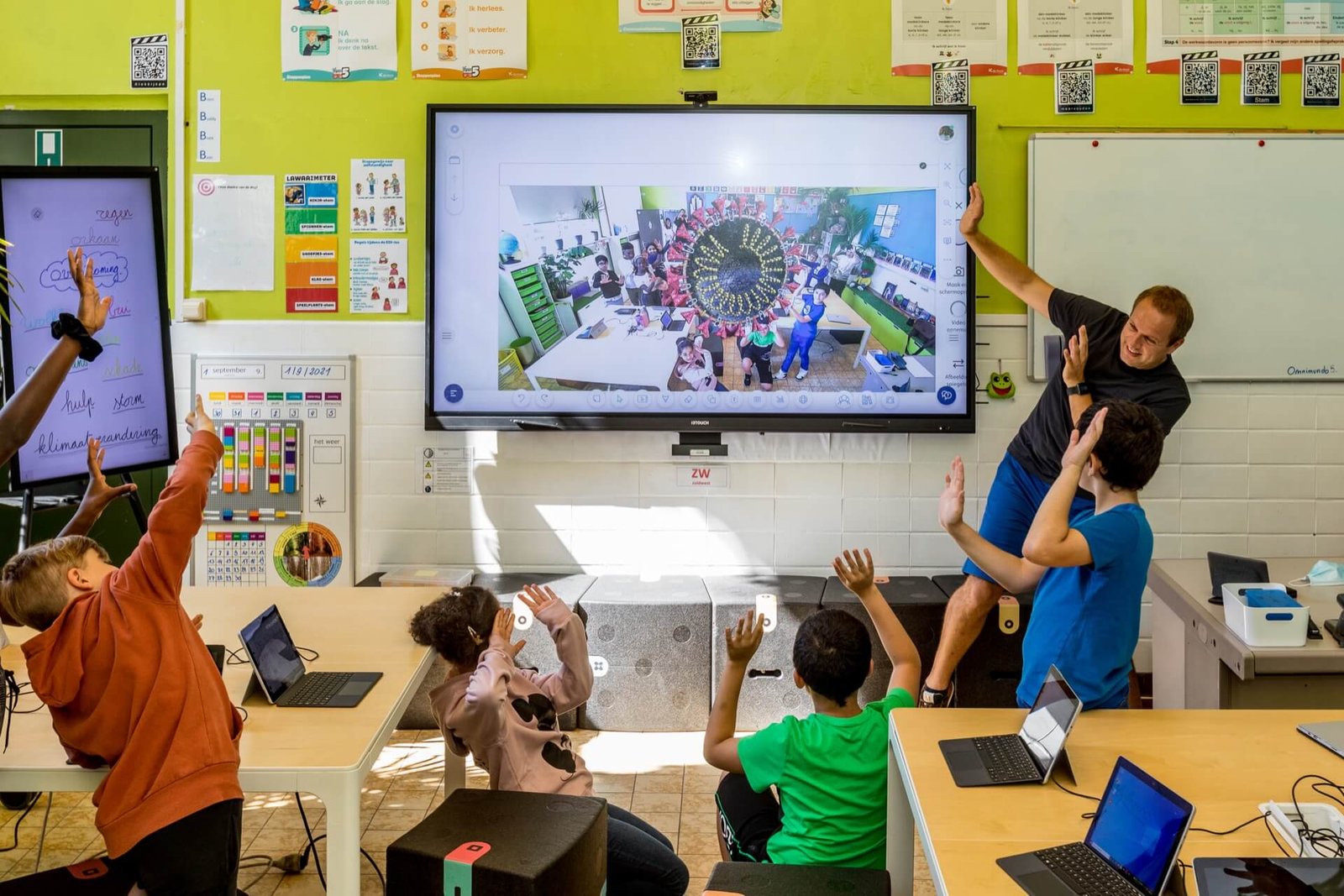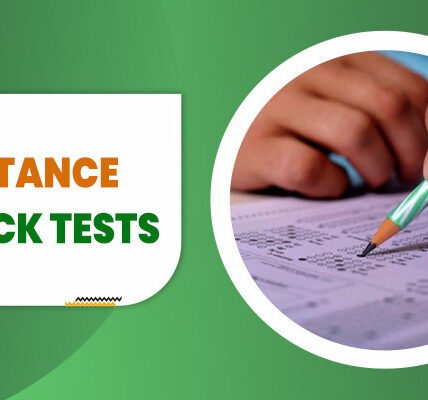The education system is at a crossroads. With the rapid advancement of technology and the changing demands of the workforce, traditional teaching methods are no longer sufficient to prepare students for the future. Modern teaching methods are now emerging as a necessary evolution in education, aiming to equip students with the skills and knowledge they need in a world that is increasingly digital, interconnected, and fast-paced. In this blog, we will explore the latest trends in education and how they are shaping the future of learning.
The Need for Change in Education
For decades, the traditional education system has remained largely unchanged. The typical model of education—students sitting in rows, listening to a teacher lecture, and memorizing information for exams—has been the standard for generations. However, as the world around us changes, this model is increasingly being called into question.
Today’s students are growing up in a world that is vastly different from the one their parents and grandparents knew. They are digital natives, comfortable with technology, and accustomed to instant access to information. The jobs they will one day hold may not even exist yet, and they will need to be adaptable, creative, and critical thinkers. The traditional education system, with its focus on rote memorization and standardized testing, does not adequately prepare students for this reality.
Modern Teaching Methods: A Shift in Focus
To address these challenges, educators are increasingly turning to modern teaching methods that focus on developing a broader set of skills. These methods are designed to foster creativity, collaboration, critical thinking, and problem-solving—skills that are essential in today’s world. Let’s explore some of the key modern teaching methods that are gaining traction.
- Project-Based Learning (PBL)
Project-Based Learning (PBL) is an instructional approach that encourages students to learn by engaging in real-world projects. Instead of passively receiving information, students actively participate in their learning by working on projects that require them to apply knowledge and skills to solve problems or create something new. PBL fosters a deeper understanding of the material, as students see the relevance of what they are learning and how it applies to the real world.For example, instead of simply studying environmental science, students might work on a project to develop a plan for reducing their school’s carbon footprint. This hands-on approach not only deepens their understanding of environmental issues but also teaches them valuable skills in research, collaboration, and communication. - Flipped Classroom
The flipped classroom model is another modern teaching method that is gaining popularity. In a traditional classroom, the teacher delivers a lecture during class time, and students do homework assignments outside of class. In a flipped classroom, this model is reversed. Students watch video lectures or review other instructional materials at home, and then spend class time engaging in interactive activities, discussions, and problem-solving exercises.The flipped classroom model allows for more personalized learning, as students can learn at their own pace and review materials as needed. It also frees up class time for more meaningful interactions between students and teachers, where deeper learning can occur through discussion and application of concepts
The Role of Technology in Modern Teaching Methods
Technology plays a crucial role in modern teaching methods. It enables new ways of learning, makes education more accessible, and provides teachers with valuable tools for instruction and assessment. Let’s look at some of the ways technology is shaping modern education.
- Online Learning Platforms
Online learning platforms have revolutionized education by making it possible for students to learn from anywhere at any time. These platforms offer a wide range of courses, from traditional academic subjects to vocational training and professional development. They provide students with the flexibility to learn at their own pace and on their own schedule, making education more accessible to people around the world.Online learning platforms also offer opportunities for personalized learning, as they can adapt to each student’s needs and provide instant feedback. For example, platforms like Khan Academy and Coursera use algorithms to recommend content based on a student’s performance and learning preferences. - Artificial Intelligence (AI) in Education
Artificial intelligence is transforming education by providing new tools for personalized learning, assessment, and administrative tasks. AI-powered systems can analyze student data to identify learning gaps and recommend targeted interventions. They can also automate grading and administrative tasks, freeing up teachers’ time to focus on instruction and student support.For example, AI-powered tutoring systems can provide students with real-time feedback and personalized instruction, helping them master difficult concepts. AI can also be used to create adaptive learning environments that adjust to each student’s needs, providing a more customized and effective learning experience.
Challenges and Considerations
While modern teaching methods offer many benefits, they also present challenges. Implementing these methods requires significant changes to the traditional education system, including changes to curriculum, assessment, and teacher training. There is also the challenge of ensuring equitable access to technology and resources, as not all students have the same opportunities to benefit from these innovations.
Moreover, the shift to modern teaching methods requires a cultural change in education. It involves moving away from a one-size-fits-all approach and embracing a more student-centered model. This shift requires buy-in from educators, administrators, parents, and policymakers, all of whom play a role in shaping the future of education.
Conclusion
The future of education is evolving, and modern teaching methods are at the forefront of this transformation. By focusing on skills like critical thinking, creativity, collaboration, and adaptability, these methods are preparing students for the challenges and opportunities of the 21st century. Technology is playing a crucial role in this evolution, offering new tools and possibilities for personalized and immersive learning.
However, as we embrace these new approaches, it is important to address the challenges and ensure that all students have the opportunity to benefit from modern education. By reimagining education and embracing modern teaching methods, we can create a system that not only prepares students for the workforce but also empowers them to be lifelong learners, innovators, and leaders in a rapidly changing world.



